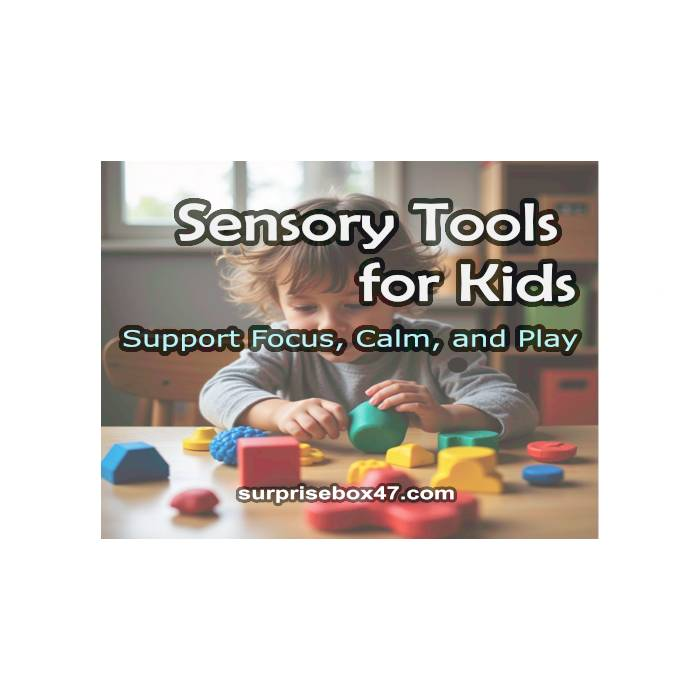If you’re a parent, teacher, or caregiver, you know that every child’s learning journey is unique. For kids with sensory processing needs, ADHD, or autism, the right sensory tools for kids can make a world of difference—helping them focus, decompress, and develop essential skills through play. In this post, I’ll share top sensory tools for kids and other developmental products, inspired by my recent Facebook finds, along with extra tips for supporting your child’s growth at home or in the classroom.

Why Sensory Tools Matter
Sensory tools are designed to engage a child’s senses—touch, movement, balance, and more. They help kids:
- Self-regulate emotions and energy
- Improve focus and concentration
- Develop coordination and motor skills
- Experience calming, safe play
Whether your child is neurodivergent or just loves to move, these tools can make playtime more meaningful and less stressful for everyone.
Featured Affiliate Product: Luanka Kids Sensory Swivel Chair
One of my favorite recent discoveries is the Luanka Kids Sensory Swivel Chair. This spinning chair is a game-changer for kids who need to move while they focus or relax. It’s especially helpful for children with autism, ADHD, or sensory processing challenges, but honestly, any kid will love it.
Why parents and kids love it:
- Promotes balance and coordination: Spinning gently stimulates both sides of the brain.
- Safe and sturdy: Built with strong materials, low to the ground, and no sharp edges.
- Easy assembly: Under 5 minutes to put together.
- Versatile: Great for home, classrooms, or therapy spaces.
- Hours of fun: Kids can spin to music, decompress after school, or just enjoy movement.
Special Offer:
Use code SY2W9GM6 at checkout for 45% OFF (limited)!
Check it out here: Luanka Kids Sensory Swivel Chair
More Sensory and Developmental Tools to Consider
While the Luanka chair is a standout, there are many other tools that can support your child’s sensory and developmental needs. Here are some ideas to round out your toolkit:
Fidget toys: For hands-on focus and stress relief.
Weighted blankets or lap pads: Provide calming deep pressure.
Textured sensory balls: Great for tactile exploration.
Noise-cancelling headphones: Help with focus in noisy environments.
How to Choose the Right Sensory Tools
- Observe your child: Notice what types of movement or sensory input help them calm down or focus.
- Start simple: Introduce one tool at a time and see how your child responds.
- Create a sensory space: Dedicate a corner of your home or classroom for sensory play and relaxation.
- Get input from therapists: Occupational therapists can recommend tools tailored to your child’s needs.
Final Tips for Sensory Play Success
- Encourage your child to explore at their own pace.
- Use sensory tools as part of daily routines—before homework, after school, or as a break during transitions.
- Celebrate small victories and progress!
Ready to empower your child’s growth through play?
Check out my embedded Facebook post above and discover more parent-approved sensory solutions. Your child’s next favorite tool could be just a click away!
If you’re looking for a fun and calming way to teach values, check out my blog post “Double the Fun: 31 Character-Building Comics & Coloring Book for Kids”—a great resource for parents and teachers to support emotional growth and mindfulness through coloring!
This post contains Amazon Associate links. I earn a small commission if you purchase through these links (at no extra cost to you). Thank you for supporting this site!
